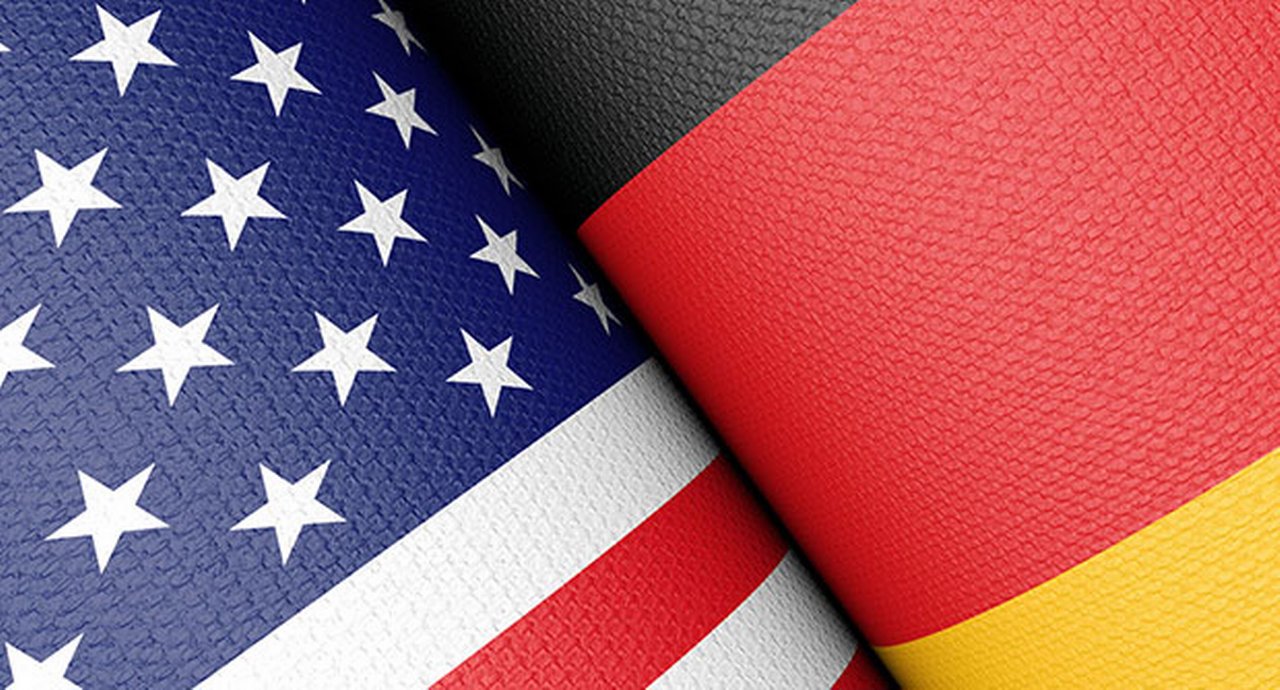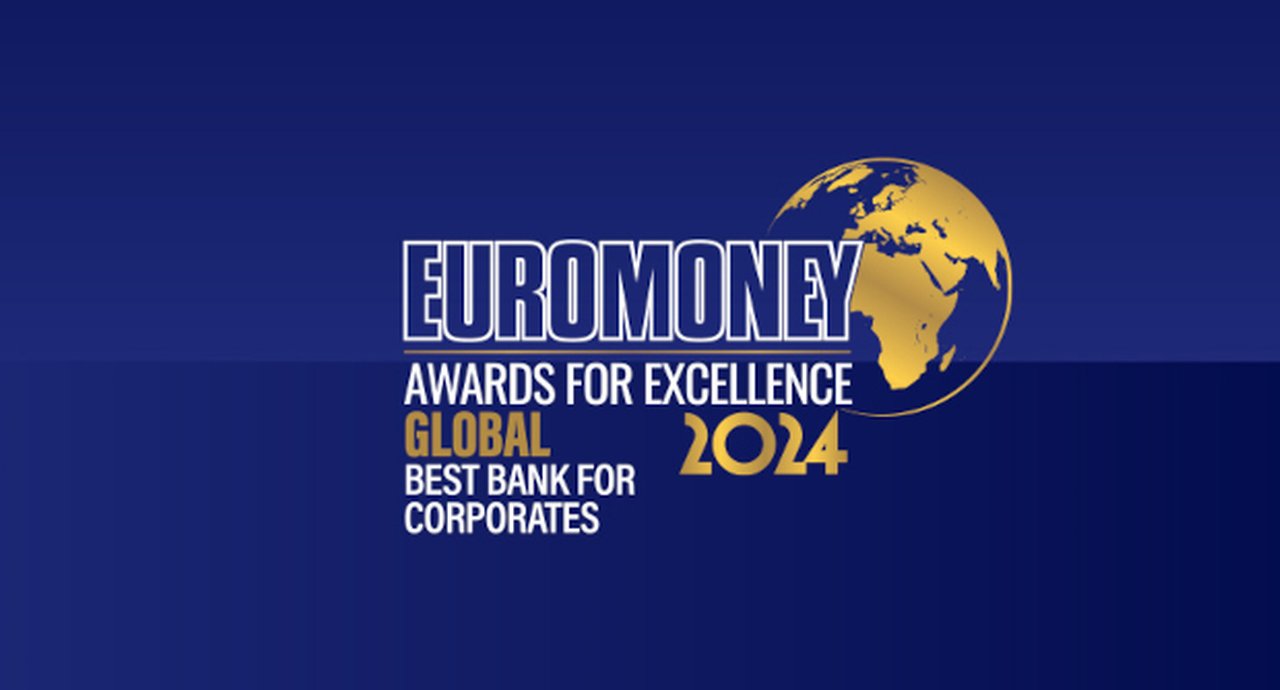13 August 2024
Deutsche Bank’s David Lynne shares his perspective on how corporates are evolving their businesses and how this is reshaping bank/corporate relationships as they navigate new trade corridors, reroute supply chains and empower direct access consumers
MINUTES min read
Our job in corporate banking is dedication to our clients’ lasting success and financial security – wherever they are located. Megatrends such as deglobalisation, navigating a global pandemic and rerouted supply chains have reshaped capex needs, triggering working capital supply requirements in new geographies and industries. Technology has empowered the direct consumer and this, along with the micropayments generated, has reshaped client operations and treasury flows and intensified the demand for increased operational efficiency and partner bank agility. This article reviews this changed landscape through three distinct lenses: globalisation and new trade corridors; direct access distributions and the impact on payments; and deploying artificial intelligence (AI) and machine learning to optimise operational expenditure.
‘Glocalisation’ and new trade corridors
Increased geopolitical tensions and the long tail of Covid-19 continue to impact the global trade environment. Supply chains with dependencies on a handful of countries’ manufacturers or components became very stressed during the pandemic. All of this, together with concerns around tariffs, resource nationalism and sanctions, has altered trade corridors to the point where manufacturing around the world has shifted into three main geographic supply chain routes; one for Europe, one for Asia and another for the Americas.
A move towards ‘glocalisation’ has therefore emerged, whereby companies aim to replace or augment their global supply chains with those closer to home or in economies with a more favourable country risk profile to avoid or mitigate disruptions. A big focus of both the European and US governments is on attracting industries of the future – but the way they are doing this is slightly different in each region. With the Inflation Reduction Act,1 the US is going for direct financing, with tax incentives thrown in, while Europe has gone down the more traditional route of export credit agency (ECA) financing. Look how Samsung Electronics’ new semiconductor manufacturing facility in Texas has resulted in around US$6.4bn of direct government funding as part of the CHIPS and Science Act.2
But, taking a leaf out of the US support strategy book, the EU, with its European CHIPS Act and €40bn subsidy plan, aims to double chip manufacturing by 2030.3 This has seen a large Asian chip manufacturer announce plans last year for a €10bn plant in Germany.44 Once operational, this will help shore up supply chains for the European automotive industry.
In support, at Deutsche Bank we are leveraging our global trade finance and cash management capabilities, as well as our in-country expertise, relationships with German automotive companies and ongoing dialogues at government level. A corporate like this needs in their partner bank the capability to make payments on time and in the required currencies, which requires a nimbleness and flexibility in processing FX, as well as speed and accuracy in performing all the requisite compliance checks. We are also helping with the on-the-ground practicalities of setting up a factory in Germany and moving employees from Asia. This includes opening retail accounts for employees, securing insurance and finding schools for 2,000 people.
“Companies aim to replace or augment their global supply chains with those closer to home”
Having traditionally supported exporters with financing and guarantees to attract commercial banking lending, ECAs are increasingly becoming ‘ICAs’ and providing similar support for importers. I am seeing this as a growing trend in Europe and beyond – particularly when it comes to the procurement of energy supplies and critical raw materials. With our global network, we are combining the available ECA appetite in different geographies and supporting importers.
With a traditional ECA you would see a big infrastructure construction project and the country’s finance ministry would provide support with insurance cover to make the long-term finance cheaper. Now we are financing the materials needed for that project somewhere else in the world, and the ECA supports those imports coming into the country when, in the past, this support was just for goods going out. For example, we are working on a couple of deals where the manufacturing equipment for a project in, say, Germany, may come from China – where we have a relationship with Sinosure (China’s ECA).
Supporting direct distribution
The next big theme is around technology and the move to online selling. Most of us are familiar with business to consumer (B2C) sales, but the rapid growth now is in business-to business (B2B) and B2B2C sales. More and more companies are running distribution models that relate to selling online – look at how BMW is rolling out direct sales of the MINI in Italy, Poland and Sweden.5 Your distribution models for both B2B and B2C could be in your own marketplace or those of a partner marketplace – but they occur as efficiency and connection models. This has been the build of our ‘Merchant Solutions’6 business. For example, the Lufthansa ‘Miles & More with Mastercard’7 is a significant ten-year mandate and another way of thinking about what a distribution model is in terms of loyalty points and processes.
Consumption of services follows a similar pattern. Look at entertainment packages. In the past, film and sports coverage production companies would sell these to a cable company who would then charge its customers for a package of services. But now you can just subscribe to the app and stream directly. Providers don’t need a treasury in the country of operation, but do need to collect the cash and process micropayments. We use virtual accounts here where clients can subdivide their physical bank accounts into multiple virtual ones.8 They pay advertisers and content producers all over the world.
In short, the rapidly increasing demand from clients as their digital business models continue their growth trajectories is met with our capability via a global network to make micropayments and automated FX conversions in more than 100 countries around the world. We have recently set this up for a large global North Asian social media platform and marketplace.
Operational efficiencies
Turning from front of house to the engine room, how do you make your treasury and financial processing more efficient? How do you ensure that not only your capex is optimised, but also your operational expenditure (opex)? The more you sell online, the more information you generate around customers, inventory, payments and preferences. That data shows how your treasury runs, in terms of cash payment and conversion, and is fed into our workflow solutions with our data-driven forecasting.
Here, a treasurer does not have to perform repeat processes each day, such as checking account balances, payments due and FX hedging, but gets this automated via a set of parameters tailored to their requirements. We set up a limit structure so that if there is more than the agreed amount in the account at the end of the day, that gets swept and converted. In other words, we have harnessed AI and ML (machine learning) to optimise efficiencies in financial systems.
One house
With our combined lenses trained on client needs around the world, all the pieces of our Corporate Bank come together – not just with solutions across different banking disciplines, but with how technology is leveraged. A multinational CFO is staring at market volatility, huge country risk management concerns, changes in business models and distribution channels, alongside technology changes. In short, the world is as complicated as it has ever been in 40 years. Marry that with a partner with a very strong presence on the ground in 43 countries and I like to think we compete as a rather different level of athlete.
David Lynne is Head of the Corporate Bank at Deutsche Bank
Sources
1 See home.treasury.gov
2 See news.samsung.com
3 See europarl.europa.eu
4 See reuters.com
5 See bimmerfile.com
6 See corporates.db.com
7 See db.com
8 See corporates.db.com



